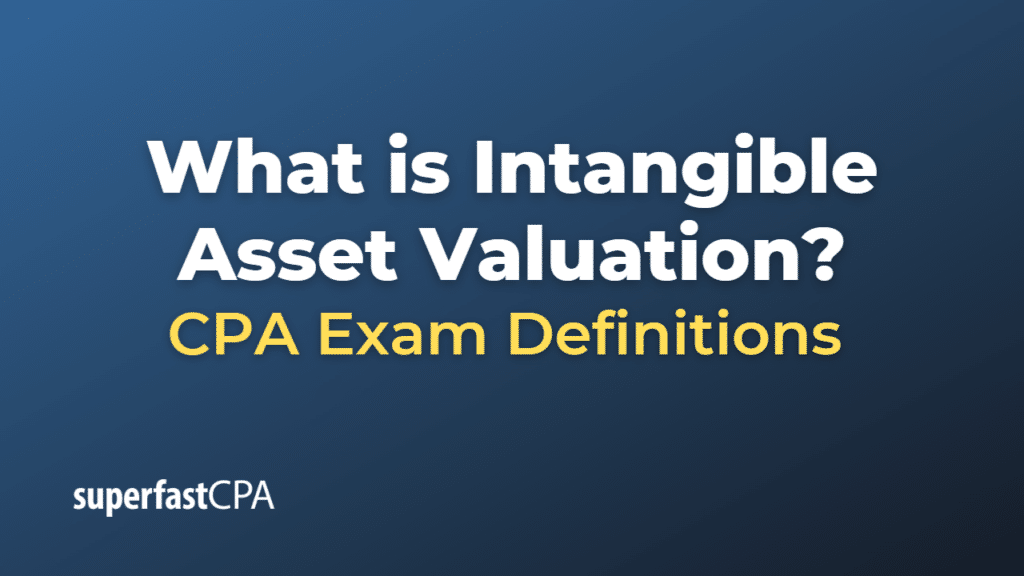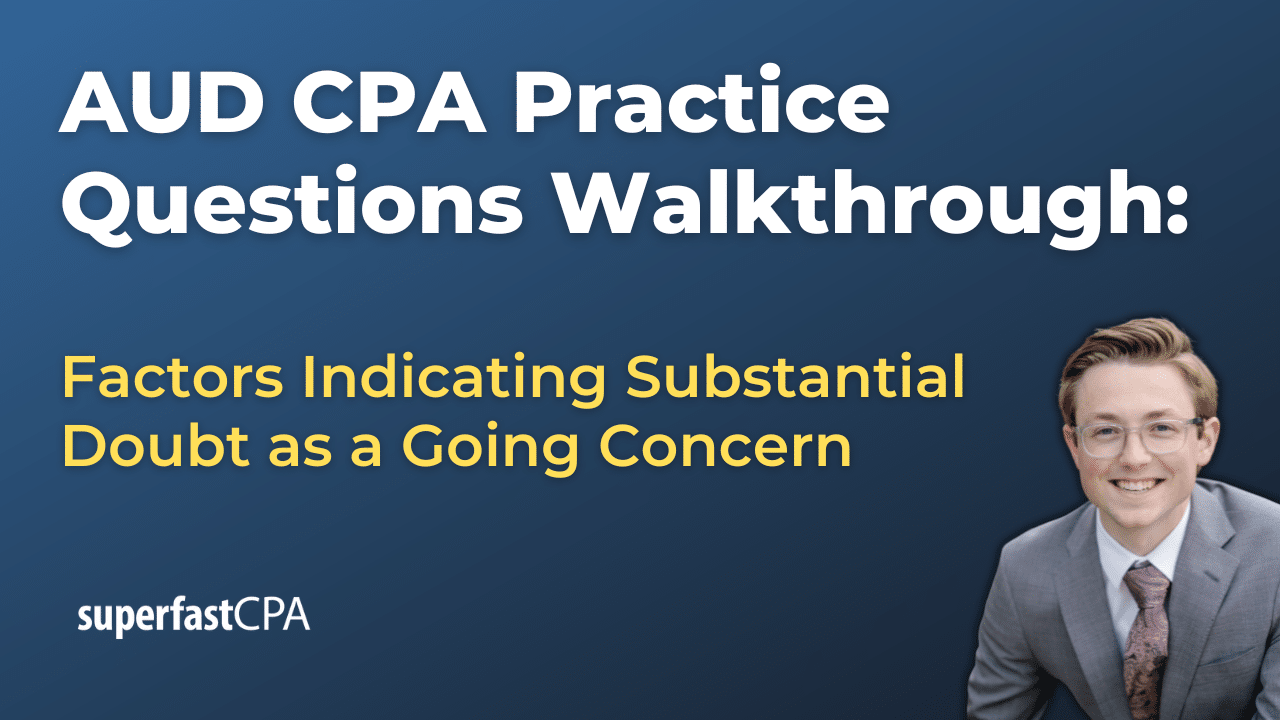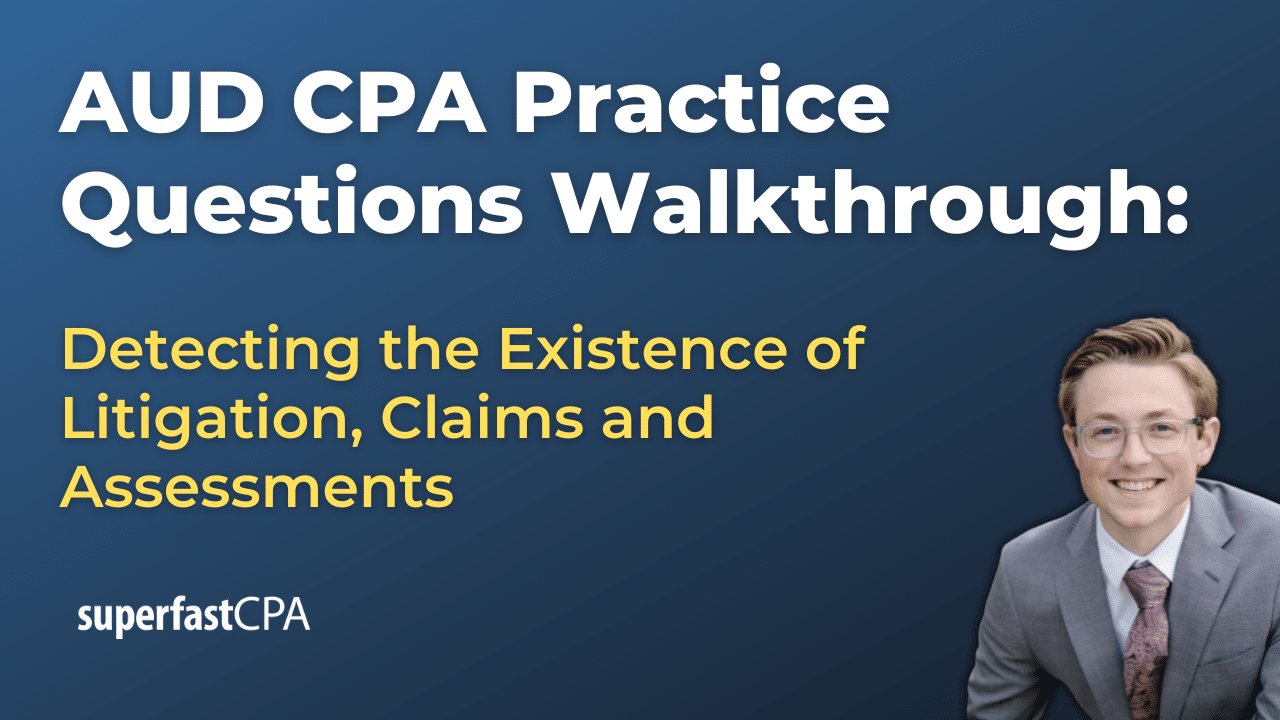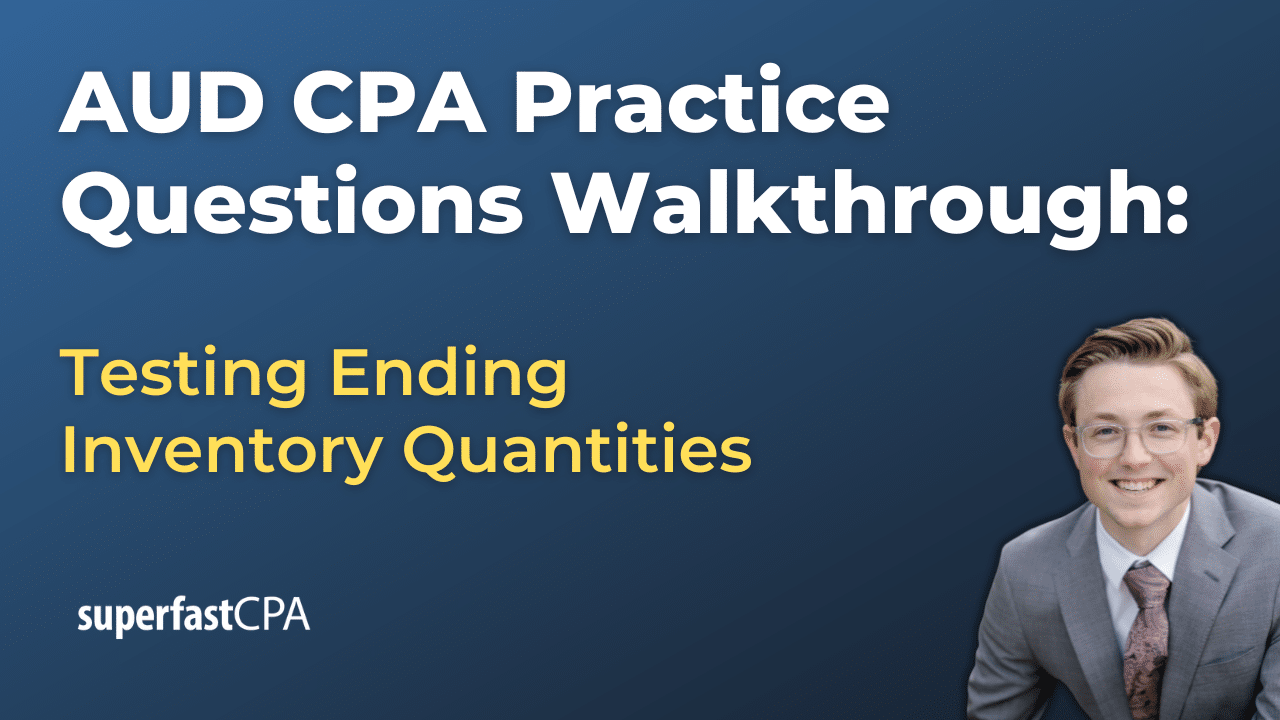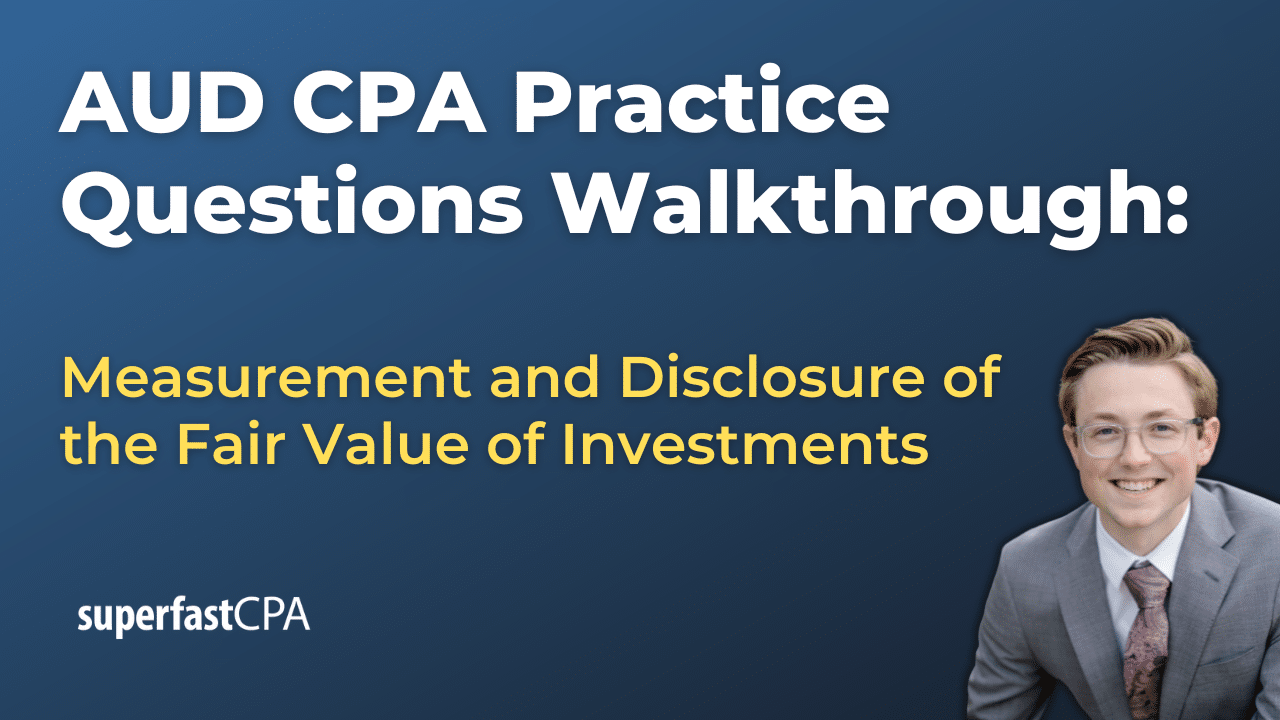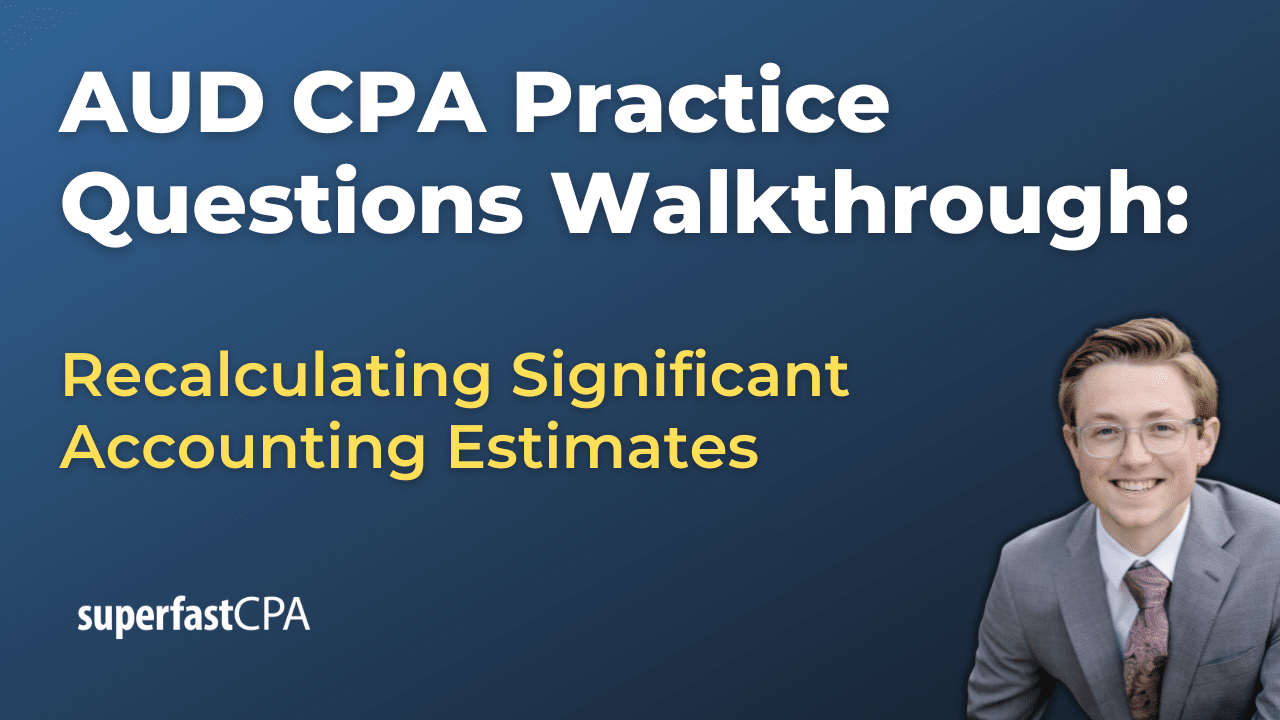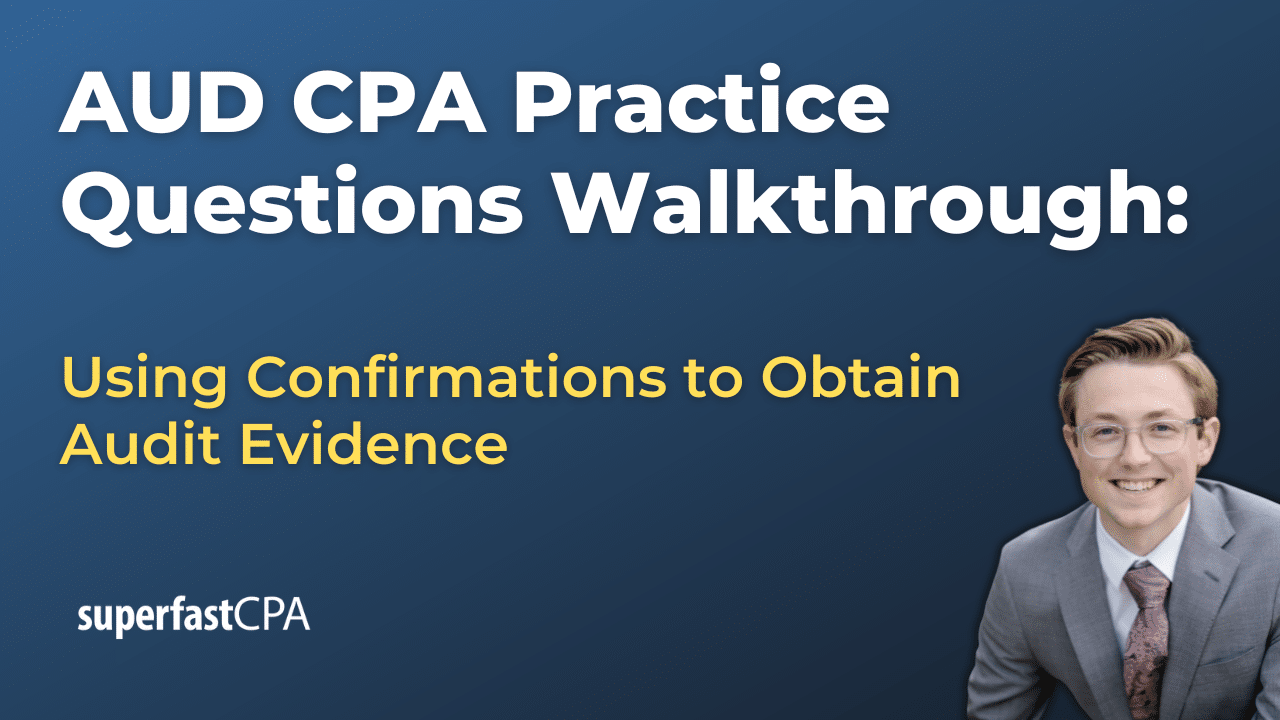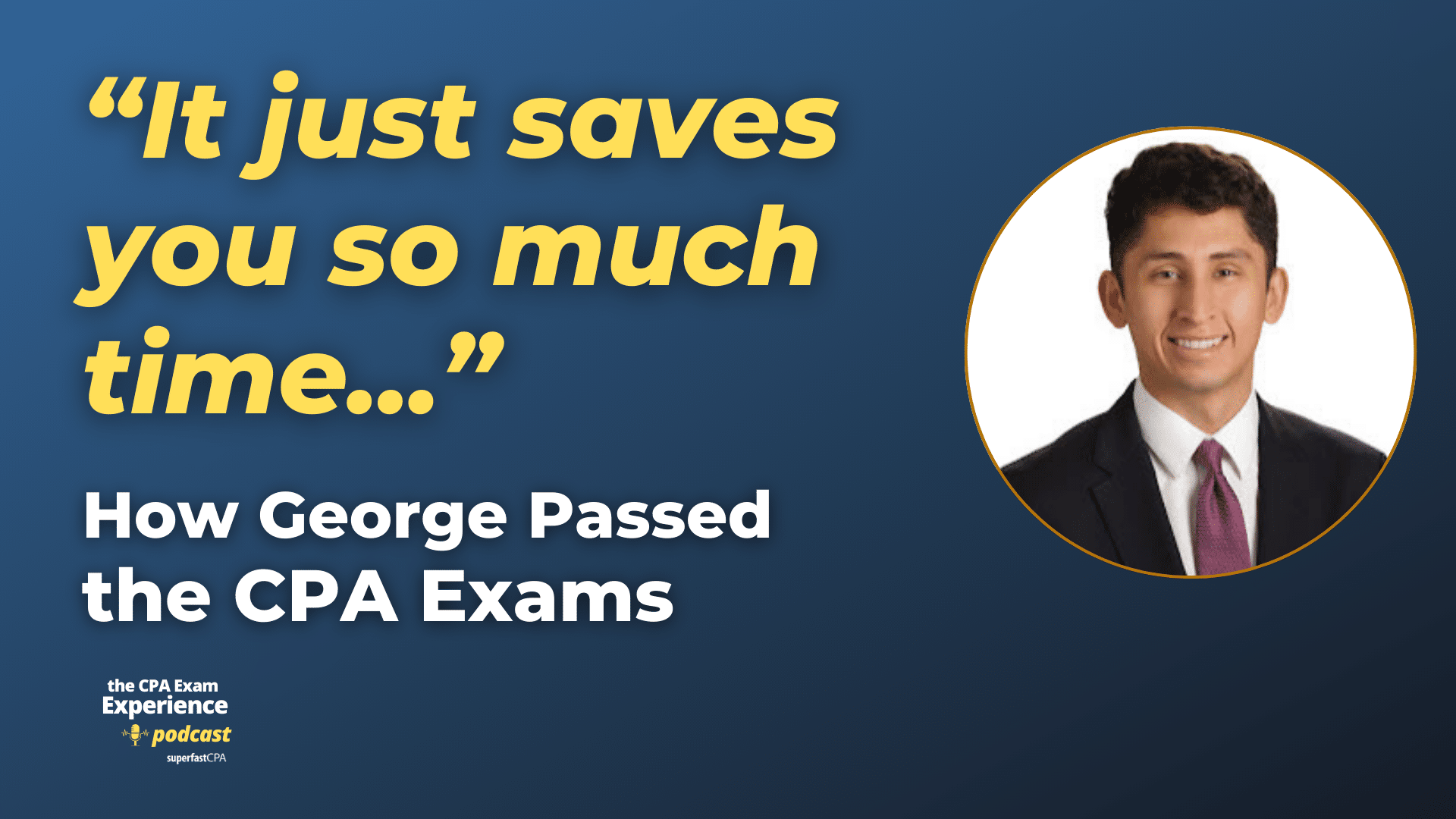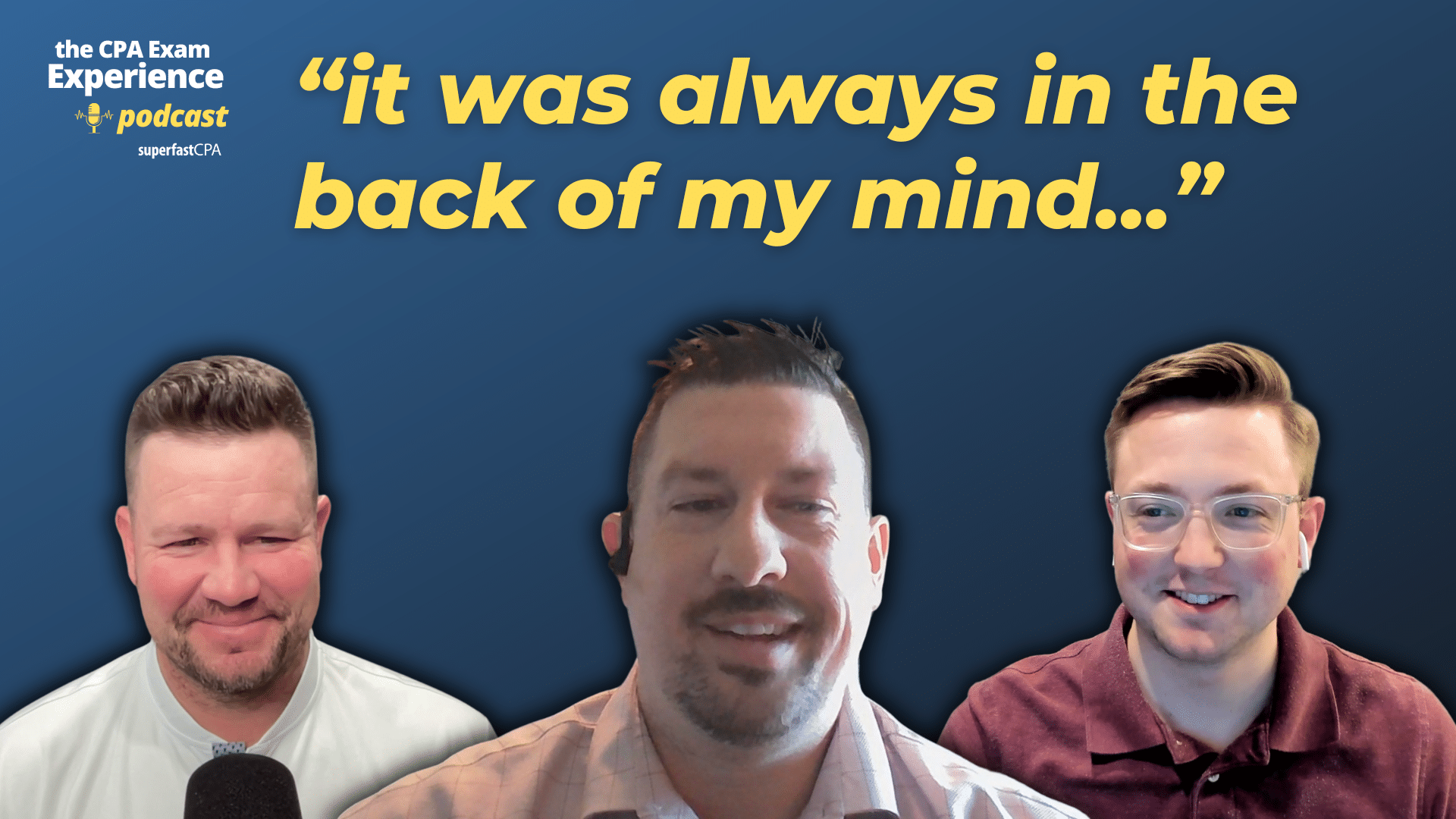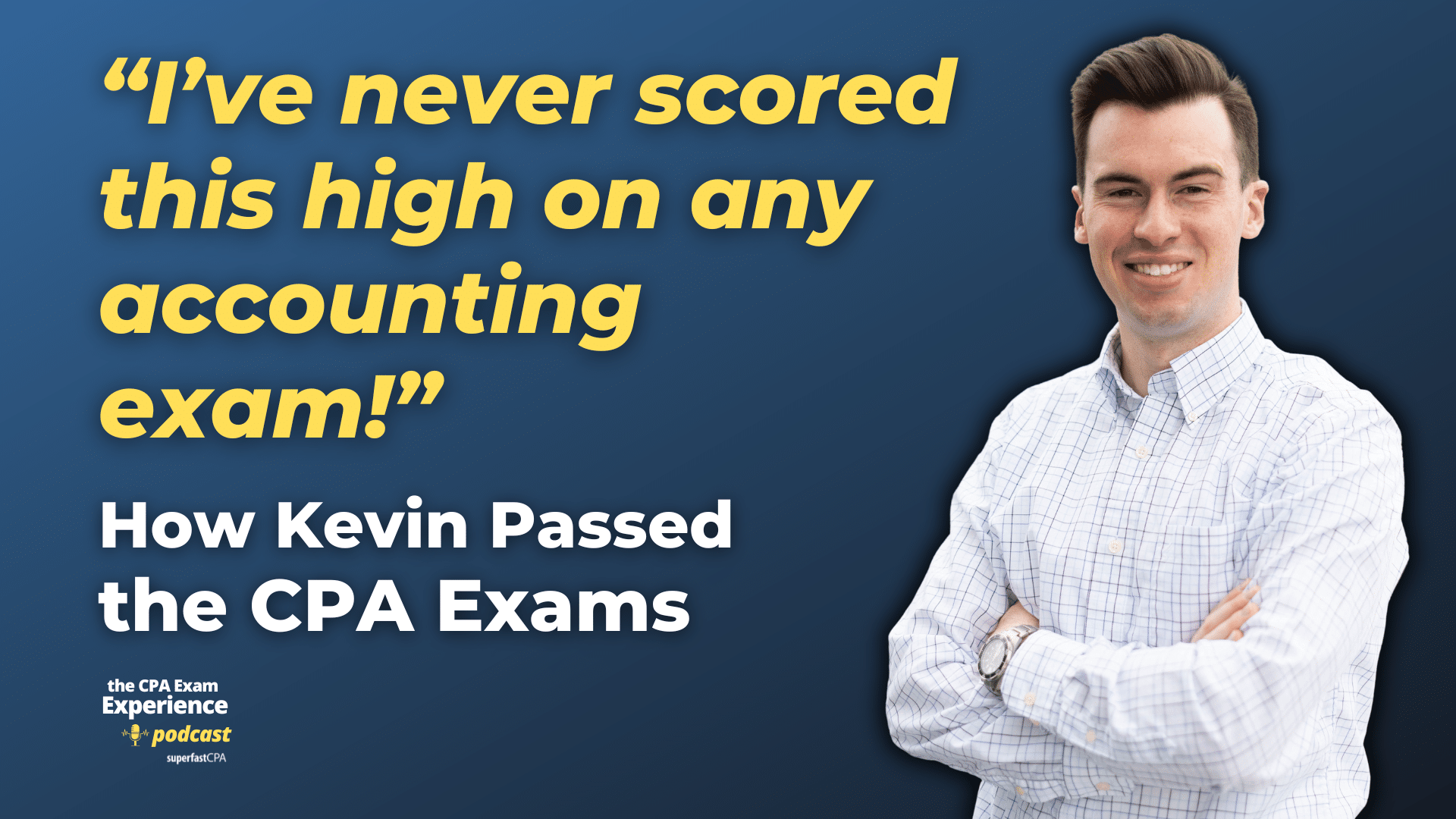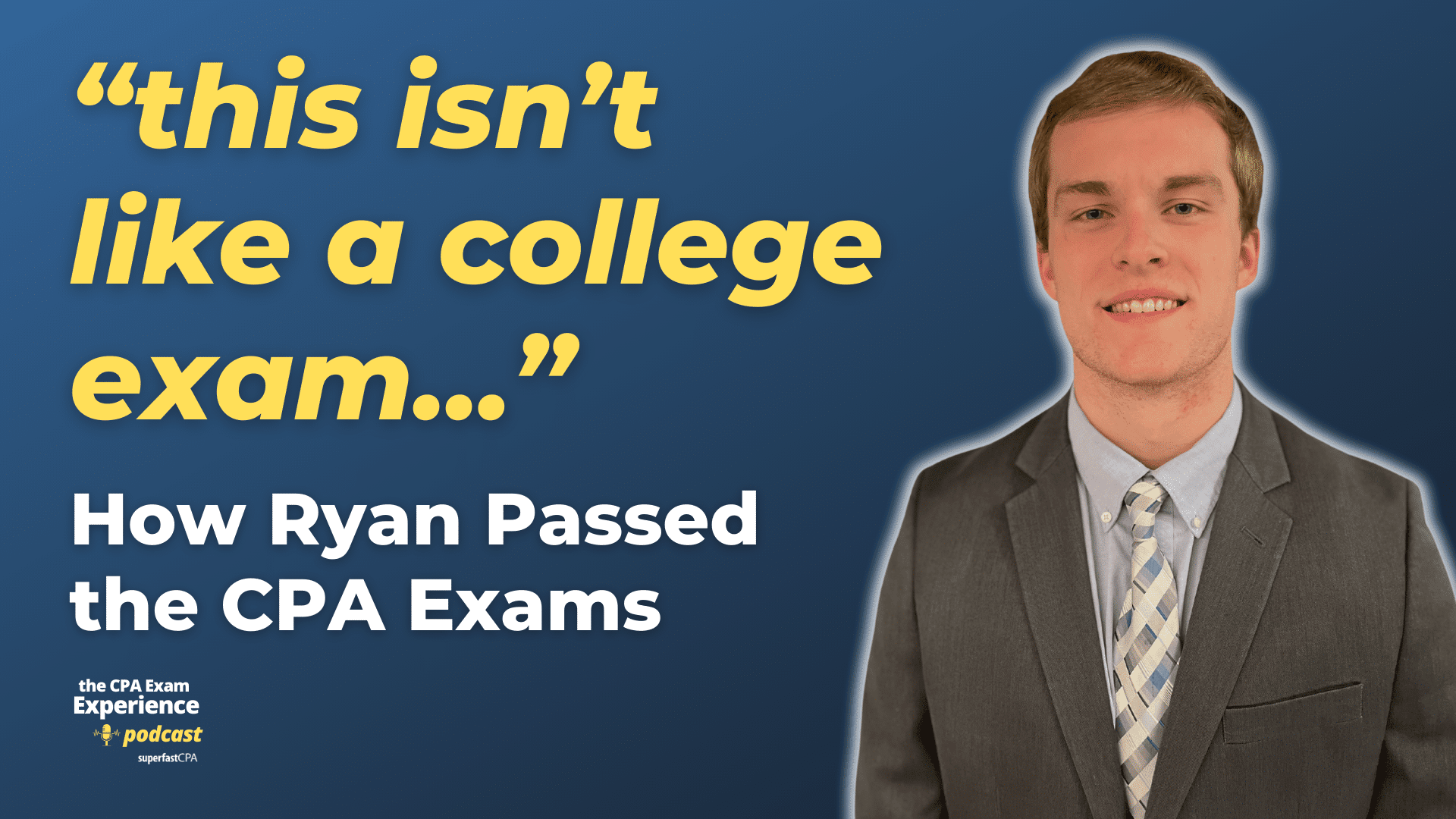Intangible Asset Valuation
Intangible Asset Valuation is the process of calculating the fair value or worth of intangible assets, which are non-physical assets that typically have a useful life greater than one year. These can include intellectual property like patents, trademarks, copyrights, trade secrets, as well as other assets like brand recognition, customer relationships, and proprietary technology, among others.
Valuing intangible assets can be complex due to their unique nature. Unlike physical assets, intangible assets often do not have a readily accessible market value, which can make their valuation challenging.
There are generally three approaches to valuing intangible assets:
- Cost Approach: This method considers the cost to replace or reproduce the asset. For example, for a patented technology, one might consider the cost of developing a similar technology, including the research and development expenses, testing costs, and the costs associated with obtaining a new patent.
- Market Approach: This method involves comparing the intangible asset with similar assets that have been bought or sold in the market. This can be difficult if there aren’t many comparable transactions or if the asset is unique.
- Income Approach: This method is based on the future economic benefits the asset is expected to provide, typically in the form of revenue or cost savings. This often involves calculating the present value of projected future cash flows derived from the asset.
The appropriate valuation method depends on the nature of the asset and the availability of information. For instance, if there’s an active market for buying and selling similar intangible assets, the market approach could be used. If the asset generates predictable cash flows (like a patented technology with license fees), the income approach might be more suitable.
Intangible asset valuation is often necessary in various scenarios such as business acquisitions, financial reporting, litigation, licensing negotiations, and strategic planning, among others. The goal is to assign a monetary value to these assets that reflects their contribution to the future economic benefits of the company.
Example of Intangible Asset Valuation
Let’s consider an example using the Income Approach for intangible asset valuation.
Imagine a software company has developed a patented software technology. This technology is licensed to other companies, generating steady licensing fees each year. The company wants to know the value of this patent, so they decide to conduct an intangible asset valuation.
They choose to use the Income Approach, given that the patent generates predictable future cash flows in the form of licensing fees.
Let’s say the patent is expected to generate $200,000 in net licensing fees per year for the next ten years. To calculate the present value of these future cash flows, the company also needs to choose an appropriate discount rate, which is used to account for the risk and time value of money.
Suppose the company chooses a discount rate of 10% per year. Using this rate, they can calculate the present value of the licensing fees for each year, and then sum up these present values to get the overall value of the patent. This calculation involves a bit of financial mathematics, but it’s a standard process in finance and investment.
After performing these calculations, the company might find that the present value of the future licensing fees, and thus the value of the patent, is $1.23 million.
This value can be recorded as an intangible asset on the company’s balance sheet, and it represents the contribution of the patent to the company’s future economic benefits.
Please note that this is a simplified example. In a real-world scenario, several other factors might need to be considered, such as changes in future licensing fees, the remaining useful life of the patent, taxes, and potential risks associated with the future cash flows.

